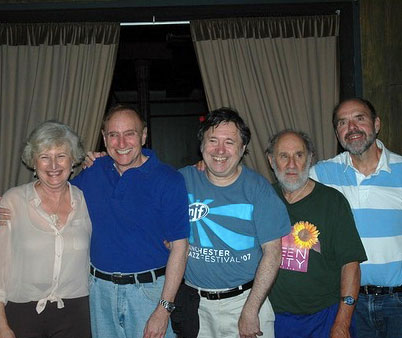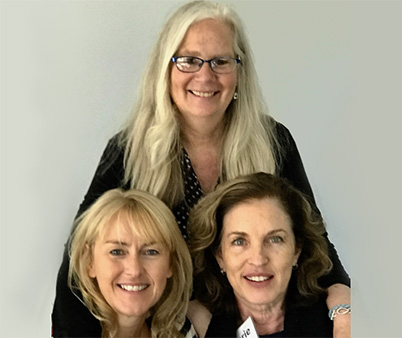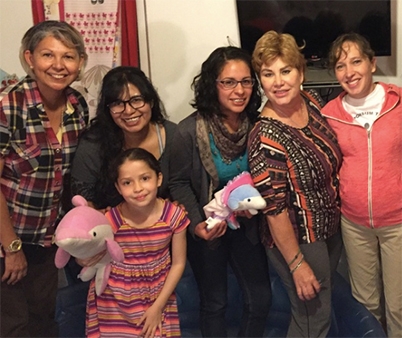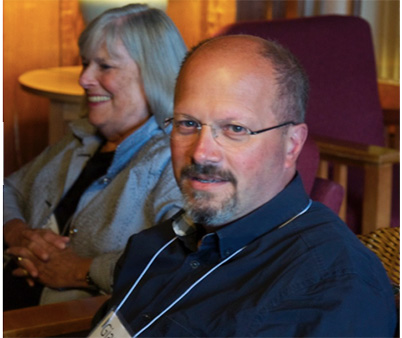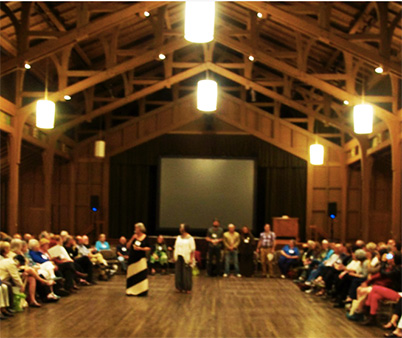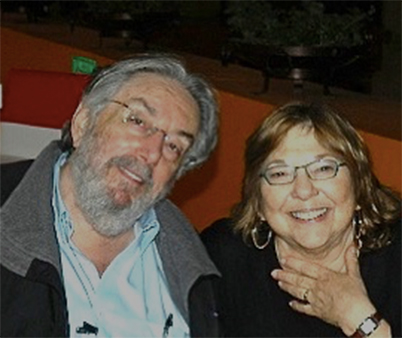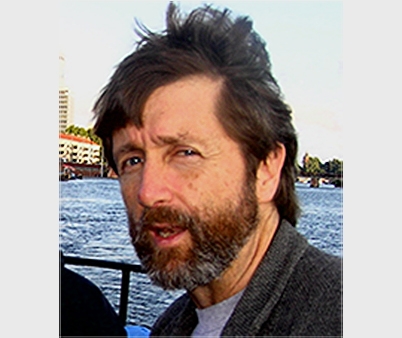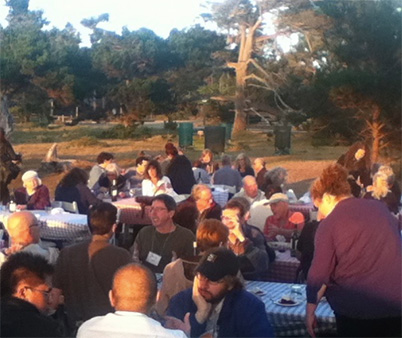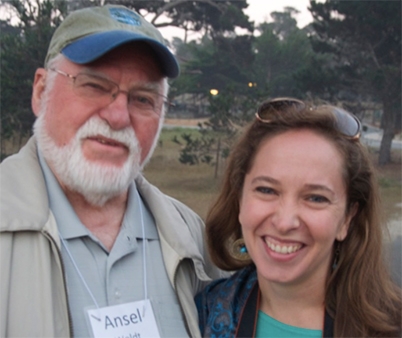GESTALT THERAPY and related items
Writing and reflections by Victor Daniels and his students
Gestalting The World
Gestalt! If you don’t already know, the German word “gestalt” can be roughly translated into English as, “pattern, whole, configuration.” Its best-known line is, “The whole is different from the sum of its parts.” You’ll find writing here about Gestalt Therapy, early Gestalt Psychology (Max Wertheimer, Wolfgang Kohler, & Kurt Koffka), Kurt Lewin’s field theory, Kurt Goldstein’s Organismic Psychology, and related thinking such as that of Erich Fromm, Carl Jung and Jacob Moreno. Some of the items here are for people who know little or nothing about Gestalt psychology and therapy, including most undergraduate psychology students, while others are resources for advanced practitioners. Psychotherapists and counselors who follow other approaches may also find some of the latter material useful.
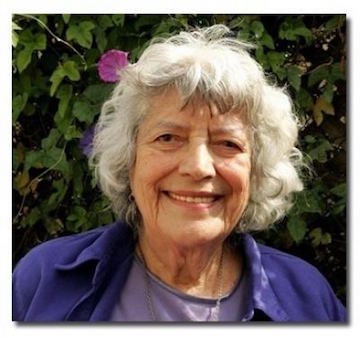

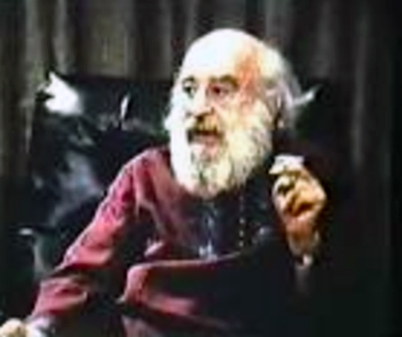
Victor’s Articles and Chapters
Many of the articles in this section were originally published under the title “The Working Corner” in the online journal GESTALT! between the years 2000 and 2007. The journal, edited by Philip Brownell, is no longer online. Other writings in this section include book chapters, conference presentations, and recent writings.
Lectures
Below the articles and book chapters is a section containing lecture notes and other useful information that I created for my Gestalt and other related classes at Sonoma State University..
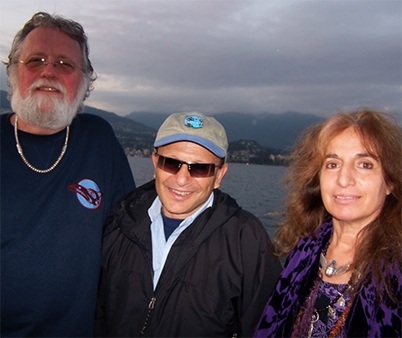



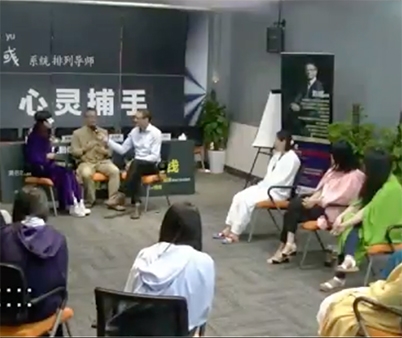
Classical Gestalt Therapy
This briefly describes the classical approach in Gestalt Therapy that often includes a dimension of dramatic enactment borrowed from psychodrama and theater. After that come writings that offer detailed descriptions of varied dimensions of Gestalt working processes that can be used with either a dialogical-relational or a classical approach. A few are specifically oriented toward an enactive session.
Don’t Miss These!
“Experimental Freedom,” coauthored with Korean Gestalt Therapist Junkyu Kim, describes varied methods of exploration and work. “Dimensions of Dialogues” describes forms of internal and external dialogue. The “Humanistic Psychoanalysis of Erich Fromm,” from the SAGE Encyclopedia of Theory in Counseling and Psychotherapy, describes the therapeutic side of Fromm’s work, which has much in common with Gestalt Therapy.
Connections
This is the “coming soon” department of this relatively new and still-under-construction website. It will include methods for using visual imagery in therapeutic and counseling work that Kooch N, Daniels and I have developed.


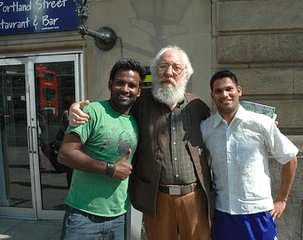

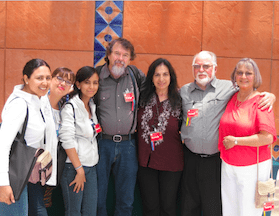
Gestalt Therapy Writings
.
Complementary Sides of Gestalt Therapy
Transitions in Gestalt Therapy
Expression and Exaggeration in Movement
Straddling the Boundary Between Gestalt Therapy and Psychodrama
From a Candle Flame and a Chair to Attachment, Detachment,
and Beginner’s Mind
Unique Adaptations of Methods from Psychodrama, Movement,
and Couples and Family Therapy
Guided Emotional Bootstrapping
Gestalt Group Process Guidelines
Determinism, Freedom and Awareness
Lecture Notes and Links
.
Gestalt Working Process: A Thumbnail Summary
Gestalt Psychology and Gestalt Therapy
Early Gestalt Psychology Links
Related Lectures and Links. Existentialism & Phenomenology; Existential & Humanistic Psychology; Transpersonal and Asian Psychologies, History of Modern Psychology; Learning & Behavior.

